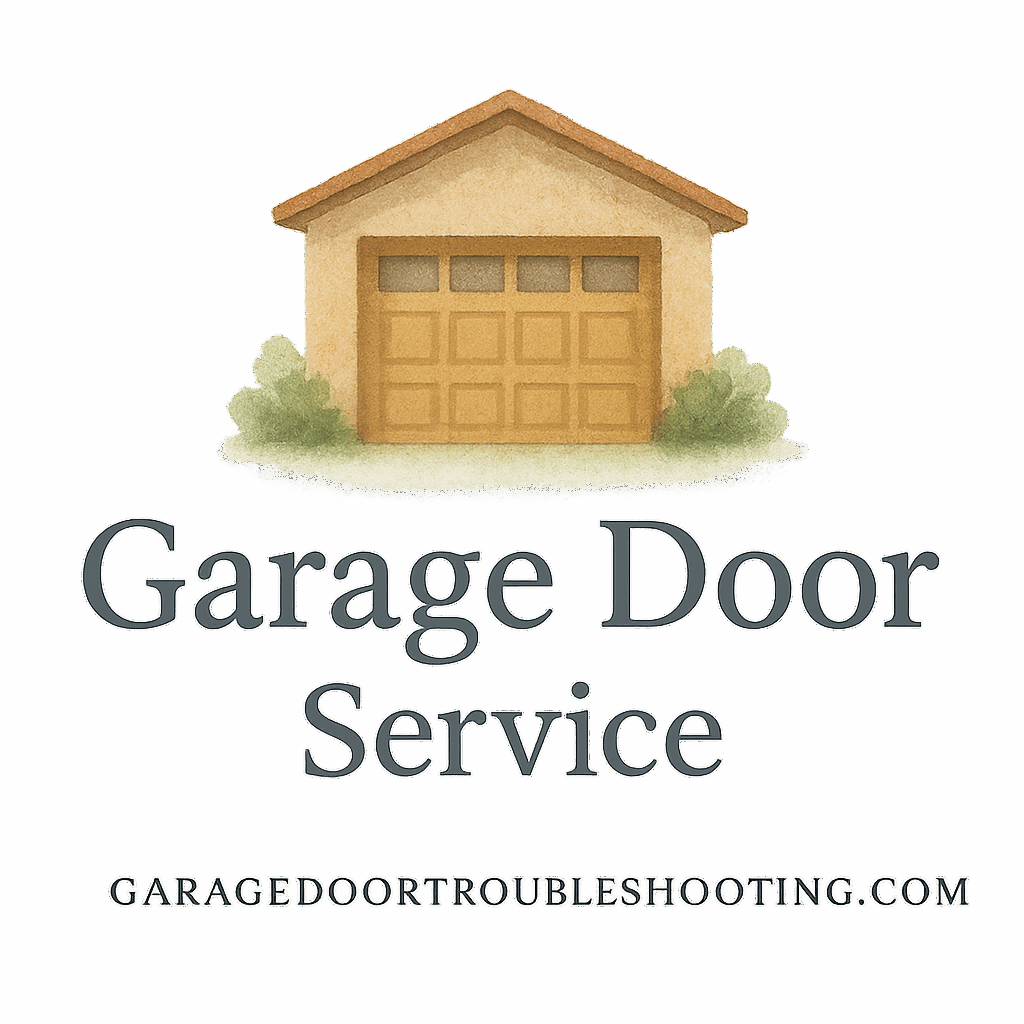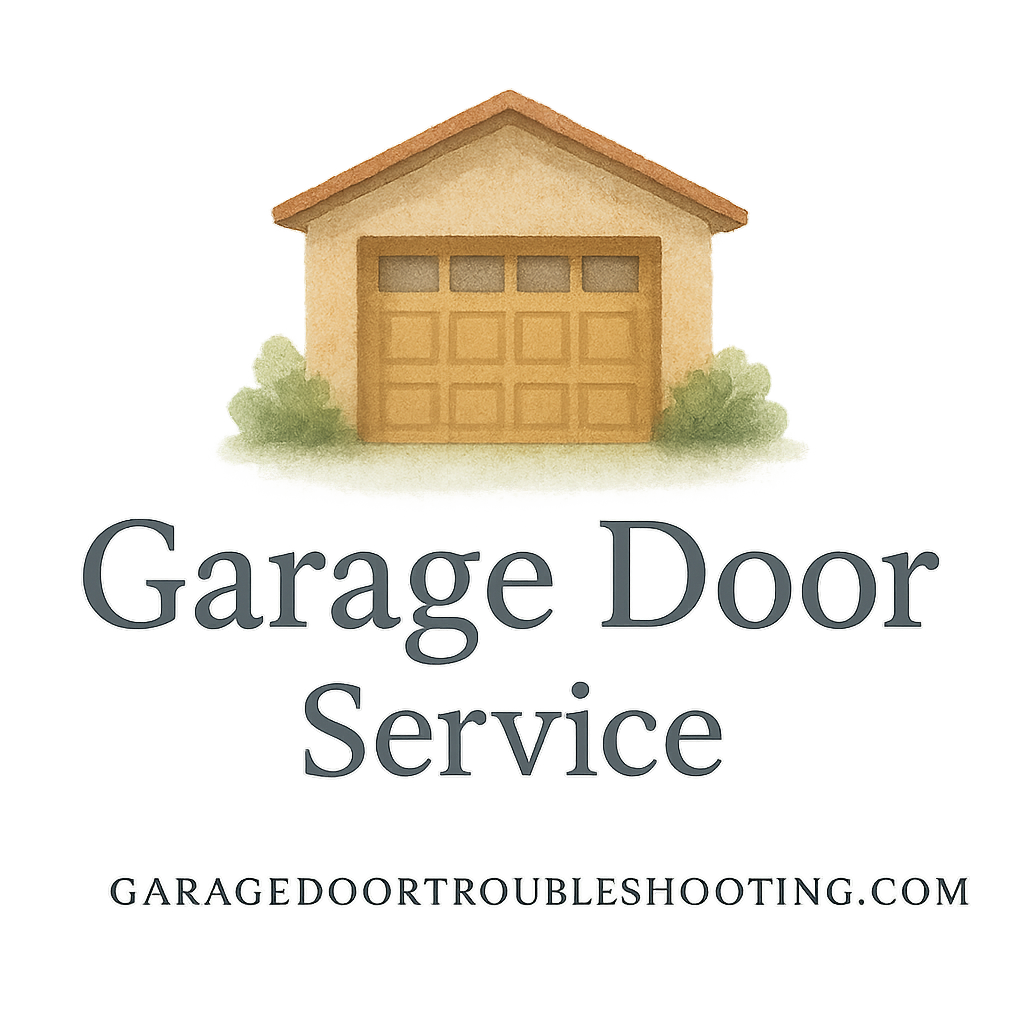Introduction
Ever wonder how garage door repair technicians make tricky repairs look so effortless? It’s not just skill — it’s the tools. Having the right equipment can mean the difference between a 15-minute fix and a full-blown garage disaster.
Whether you’re a curious homeowner, a budding DIYer, or a pro looking to double-check your toolbox, this guide will walk you through the top 10 tools every garage door repair technician uses. These tools aren’t just accessories — they’re essentials. And if you’re diving into garage door repair, you’ll want to bookmark this post.
(Also, for helpful resources and expert support, check out Garage Door Troubleshooting).
Why the Right Tools Matter in Garage Door Repair
Garage doors are big, heavy, and can be dangerous if mishandled. Using the correct tools doesn’t just make the job easier — it makes it safer. According to the experts at Garage Door Safety & Security, improper tools are a leading cause of injury among DIYers.
So whether you’re handling a spring replacement or adjusting a track, here are the tools pros swear by.
1. Cordless Power Drill
What It Does
A cordless drill helps with everything from unscrewing panels to installing brackets. It’s fast, efficient, and saves a ton of time.
Why It’s Essential
Garage doors have dozens of screws and fasteners. A cordless drill makes light work of repetitive tasks — especially in tight or awkward spots.
If you’re considering repairs yourself, having this drill is a must. But for complicated jobs, check out these garage door repair guides to avoid common pitfalls.
2. Adjustable Wrench Set
Common Uses in Garage Repairs
From tightening bolts to adjusting the tension on springs, adjustable wrenches are versatile and essential. Look for sets that include multiple sizes for flexibility.
When working with heavy hardware like hinges or brackets, a good wrench helps maintain proper alignment — something every pro focuses on for safety and longevity.
3. Locking Pliers (Vise Grips)
Great for Holding Tension
These tools are invaluable when working with springs and cables. They clamp down and hold parts steady so you can work safely.
Holding tension during a repair is one of the most dangerous parts of the job. Using locking pliers minimizes risk — a tip often emphasized in DIY vs. Professional advice.

4. Torsion Spring Winding Bars
Safety-First Spring Work
These are perhaps the most important tools for spring replacement. Using screwdrivers (as some amateurs do) can be deadly.
Winding bars allow for safe and controlled winding and unwinding of high-tension springs. Experts on dangerous repairs strongly recommend never improvising this tool.
5. Tape Measure and Laser Level
Accuracy is Everything
Installation and repair require precise measurements. From track alignment to spring tension calibration, accuracy is non-negotiable.
A laser level ensures doors hang straight and seal properly. Misalignment can cause wear and tear — a common issue discussed in our garage door maintenance tips.
6. Socket Set
Versatile and Durable
Garage door parts often come with various nuts and bolts. A high-quality socket set allows for quick removal and installation of fasteners in multiple sizes.
Investing in a complete set is worth every penny, especially for those who follow a solid maintenance plan.
7. Garage Door Lubricant
Smooth Operation Guaranteed
Garage door lubricant is specially formulated to reduce friction without damaging components. It’s used on hinges, rollers, springs, and tracks.
Frequent application (as outlined in our maintenance guide) helps prolong your door’s life and avoid costly repairs.
8. Claw Hammer and Rubber Mallet
Force with Precision
Sometimes, you need a little persuasion. A claw hammer is perfect for removing old hardware, while a rubber mallet is great for tapping parts into place without causing damage.
If you’re installing a new door, these tools will be among your most trusted allies.
9. Safety Gear: Goggles, Gloves & Hard Hat
Protecting What Matters Most
Garage door repair can be hazardous. Flying springs, falling doors, or sharp edges can cause serious injury.
Professionals never work without safety gear, and neither should you. If you’re unsure about your setup, don’t hesitate to call a professional garage door service provider.
10. Multimeter
Electrical Diagnostics Made Easy
Garage doors today are smart — sensors, remotes, openers — they all need power. A multimeter helps diagnose electrical issues in seconds.
This tool is crucial for troubleshooting wiring and circuit boards. For a deeper dive, visit our installation advice page.
Honorable Mentions: A Few Extras Pros Love
- Extension cords
- LED work lights
- Step ladder or foldable scaffolding
- Smartphone with garage door apps
- Magnetic hardware trays
These extras aren’t strictly required, but they sure make life easier — especially for long or complex jobs.
Choosing the Right Tools: DIY vs. Professional
DIY repairs can save money, but only when done right. Knowing when to tackle a job — and when to hand it off — is crucial. You don’t want to risk injury or costly damage by improvising.
For those unsure about certain repairs, hiring a qualified garage door service is a smart move. Professionals have both the tools and the training.
When It’s Time to Call a Pro
If you’re dealing with:
- Broken torsion or extension springs
- Door off-track issues
- Non-responsive openers
- Sudden loud noises
…it’s time to consult a pro. You can explore certified providers under our service contract and provider tag.
Conclusion
Having the right tools can make or break a garage door repair. Whether you’re going full DIY or just want to understand what the pros are using, this list gives you a solid foundation.
Don’t forget — proper tools paired with the right knowledge make all the difference. Want to keep your garage door in top shape year-round? Explore our expert tips and homeowner resources at Garage Door Troubleshooting.
FAQs
1. Can I repair a garage door without all these tools?
Not safely. While you might be able to handle minor fixes, major repairs require proper tools for both effectiveness and safety.
2. Are torsion spring winding bars really necessary?
Yes. Attempting to work on springs without them can be life-threatening. Never substitute with screwdrivers or homemade tools.
3. What kind of lubricant should I use?
Use a silicone-based or lithium-based lubricant specifically made for garage doors. Avoid WD-40 as it attracts dust.
4. Can I use a regular drill instead of a cordless one?
Technically yes, but a cordless drill offers more flexibility and safety, especially when working on a ladder.
5. How often should I maintain my garage door?
Check moving parts and apply lubricant every 6 months. For detailed guidance, visit our maintenance page.
6. What tools should homeowners always keep on hand?
At minimum: a power drill, adjustable wrench, lubricant, and safety gear. Great for quick fixes and preventive care.
7. Where can I find more garage door advice?
Visit GarageDoorTroubleshooting.com for expert guides, buying tips, installation advice, and everything in between!


